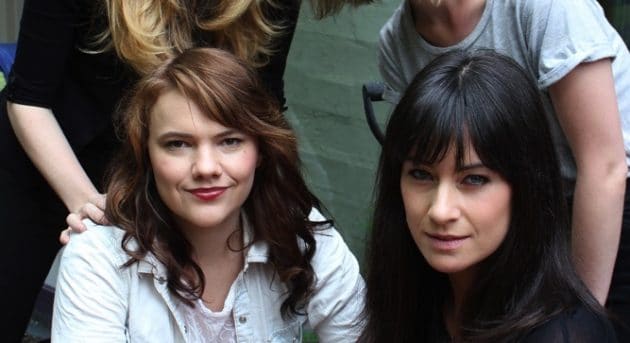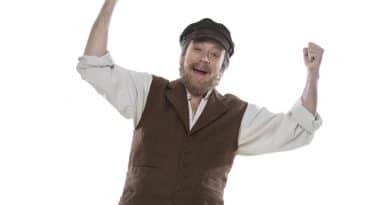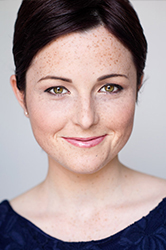New statistics show severe lack of gender parity in theatre and screen
A crisis meeting has been called for women employed in the theatre and screen industry following recurrent damning statistics of gender parity within theatre, film and television.
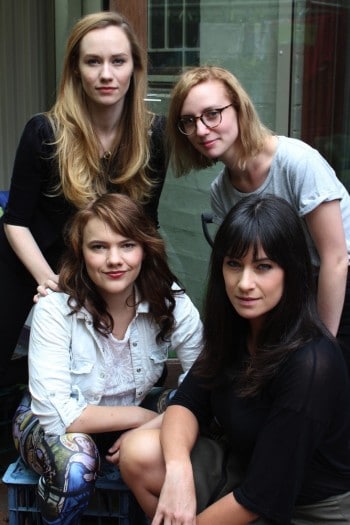
On Monday, female actors, directors and writers will assemble at Sydney’s Seymour Centre to discuss strategies for a more equal inclusion of female voices within the arts industry.
Furor erupted within the community following recent gender-skewed announcements of the 2016 Seasons of Australia’s major theatre companies. Out of the writers and directors programmed by all ten theatre companies, only three companies will reach gender parity in 2016. Sydney’s Darlinghurst Theatre Company achieved the lowest equality score at 17% with no female directors employed and only two female writers, followed by Perth’s Black Swan at 22% and Sydney’s Ensemble Theatre at 30%.
Leaders for gender equality in next year’s theatre seasons include the State Theatre Company of South Australia, which achieved gender parity in both writers and directors, and Sydney’s Griffin and Belvoir which achieved above parity on their overall inclusion of female writers and directors.
See table below for full list compiled by the author:
THEATRE COMPANY |
FEMALE WRITERS |
MALE WRITERS |
% OF WOMEN |
FEMALE DIRECTORS |
MALE DIRECTORS |
% OF WOMEN |
OVERALL % OF WOMEN |
| Darlinghurst | 2 | 4 | 33% | 0 | 6 | 0% | 17% |
| STC | 4 | 12 | 25% | 5 | 11 | 45% | 35% |
| Belvoir | 6 | 7 | 46% | 8 | 5 | 62% | 54% |
| Griffin | 1 | 4 | 20% | 4 | 1 | 80% | 50% |
| Ensemble | 2 | 8 | 20% | 4 | 6 | 40% | 30% |
| Black Swan | 1 | 6 | 14% | 2 | 5 | 29% | 22% |
| MTC | 6 | 7 | 46% | 6 | 7 | 46% | 46% |
| State Theatre SA | 5 | 5 | 50% | 5 | 5 | 50% | 50% |
| QTC | 2 | 8 | 20% | 5 | 5 | 50% | 35% |
Results are as dire within the film industry. Last year, 16% of Australian feature films were directed by women, 20% were written by women and 29% were produced by women. More alarming still, Monica Davidson’s ‘Knocking on a Locked Door: Women in Australian Feature Films’ found that only 15% of Australian feature films since the 1970s have been directed by women.
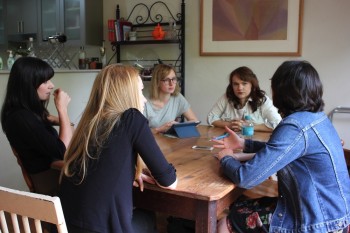
These statistics bleed into the industry for female actors, too, with women making up only 36% of those employed in the performing arts according to the most recent ABS survey.
One of the organisers of Monday’s think tank event Libby Munro says this gender imbalance can begin as early as drama school for actors. From Munro’s NIDA year of 24 people, only 9 were women despite twice as many women than men auditioning that year. “When I asked why so few women were admitted I was told outright that there are more male roles than females,” Munro said.
Organiser head Erica Lovell says the state of affairs for women in Australian theatre and screen is getting to a crisis point. “If we permit and create an artistic landscape where women aren’t seen and their voices aren’t heard then we are permitting and creating a culture where that’s ok,” Lovell said.
“For women in the performing arts, it’s a crisis for us in terms of our careers, it’s a crisis for us financially, it’s a crisis for us emotionally and psychologically…but it’s also a crisis for our whole culture.”
The group hope to begin lobbying arts organisations to strive towards gender parity in their programming, emphasising that a group that makes up half of the population should be given half of the voices in art.
The movement for gender equality is growing overseas with celebrity peers in Hollywood and London taking a stand. In February, Patricia Arquette used her Oscar acceptance speech to rally for equal pay for female actors. Jennifer Lawrence similarly took to Facebook last week breaking her silence about the Hollywood wage gap. Meryl Streep recently announced a screenwriters’ lab for female writers over 40, and Genna Davis founded the Institute on Gender in Media to promote gender balance in the entertainment industry.
The Women in Film and Screen Think Tank will take place on Monday 26 October at the Seymour Centre, Sydney at 7pm. All women within the Australian arts industry are invited to attend. For more information, visit: www.womenintheatreandscreen.wordpress.com.

